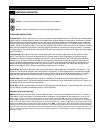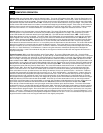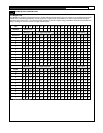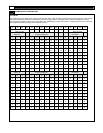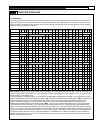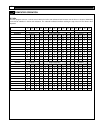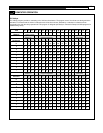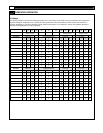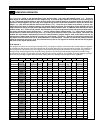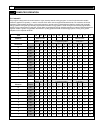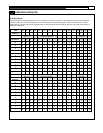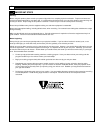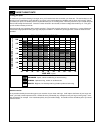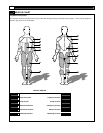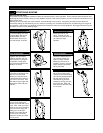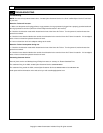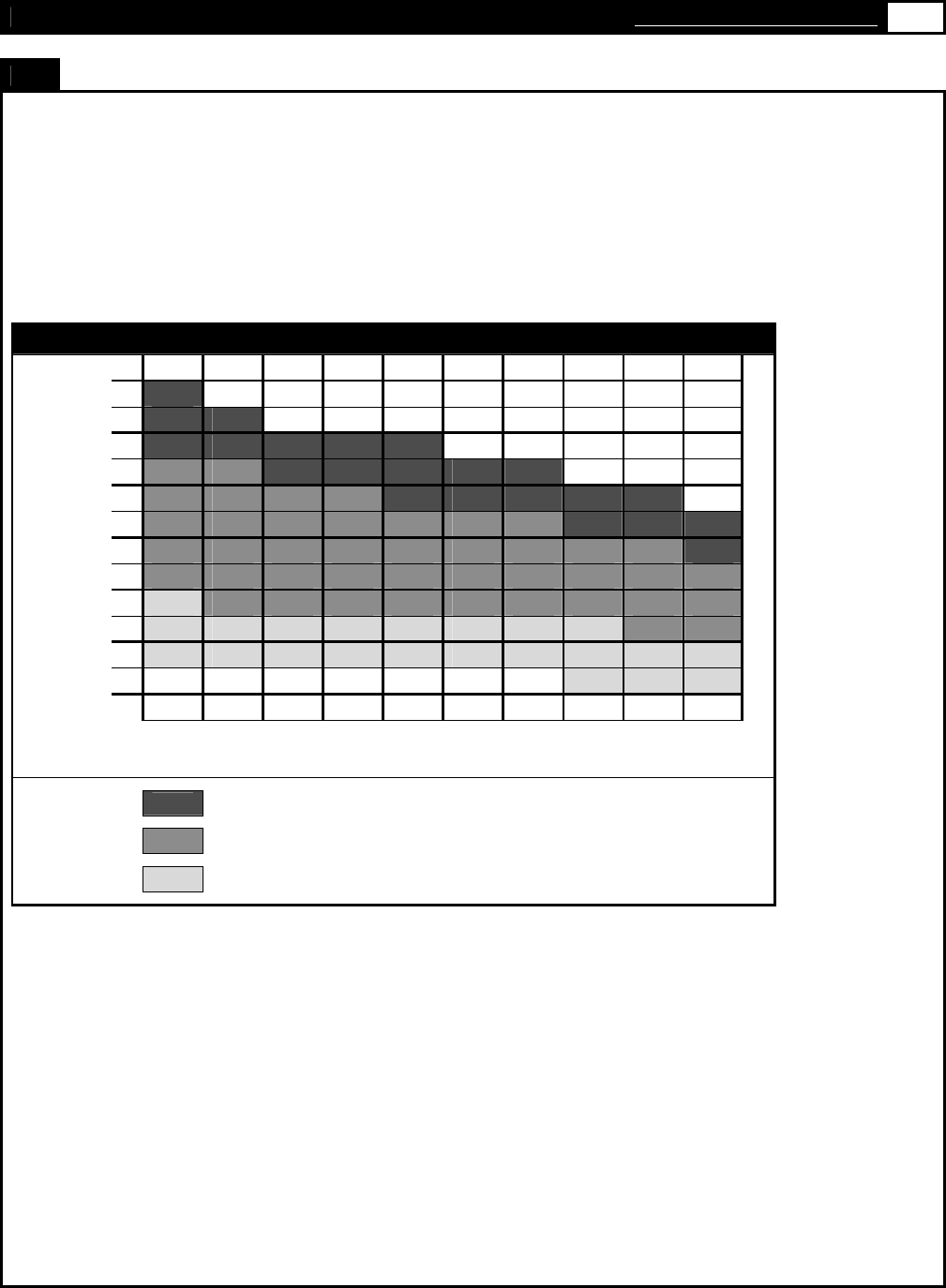
www.cybexinternational.com
41
TARGET HEART RATE
Finding your pulse:
To make sure your heart is beating in its target zone, you’ll need to know how to monitor your heart rate. The easiest way is to feel
the pulse in the carotid artery on the left side of your neck, in the notch between the windpipe and the large neck muscles. When
you detect your pulse, use as little pressure as possible while you are counting beats. Too much pressure on your carotid artery will
result in abnormally low heart rates. Count the number of beats in ten seconds, and then multiply that number by six. This gives
you the number of beats per minute.
How fast should your heart beat during aerobic exercise? Fast enough to reach and stay in its “target zone,” a range of beats per
minute that is largely determined by your age and physical condition. To determine your target zone, consult the chart we have
provided.
FIND YOUR TARGET HEART RATE
200
180
160
140
120
100
YOUR HEART RATE in beats per minute
80
20 25 30 35 40 45 50 55 60 65 70
YOUR AGE in years
ADVANCED: Sports, athletic conditioning or interval training
FITNESS: Optimal training, aerobic or cardiovascular
HEALTH: Beginner, low intensity with long duration produces fat burning
Aerobic exercise:
Is any sustained activity that sends oxygen to your muscles via your heart and lungs. It will improve the fitness of your lungs and
heart: your body’s most important muscle. Aerobic fitness is promoted by any activity that uses your large muscle groups - arms,
legs or buttocks, for example. Your heart beats quickly and you breathe deeply. An aerobic exercise should be part of your entire
exercise routine.



